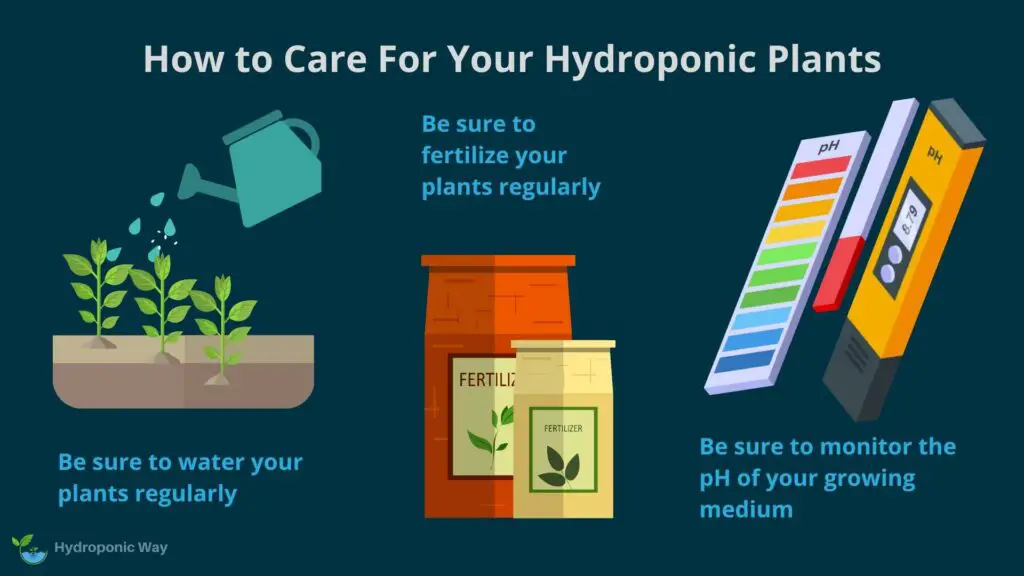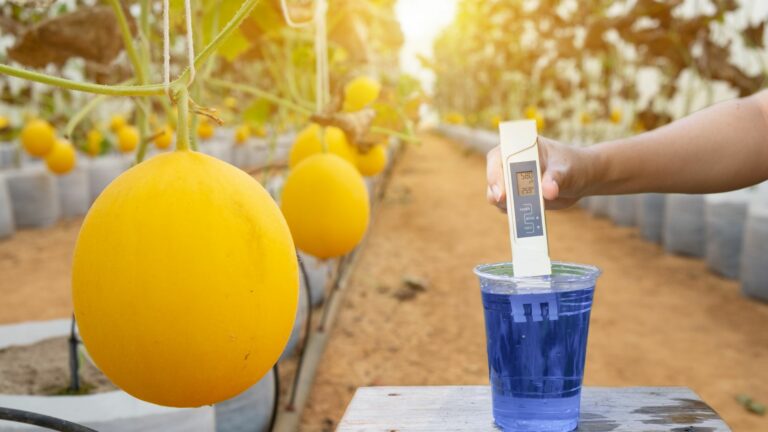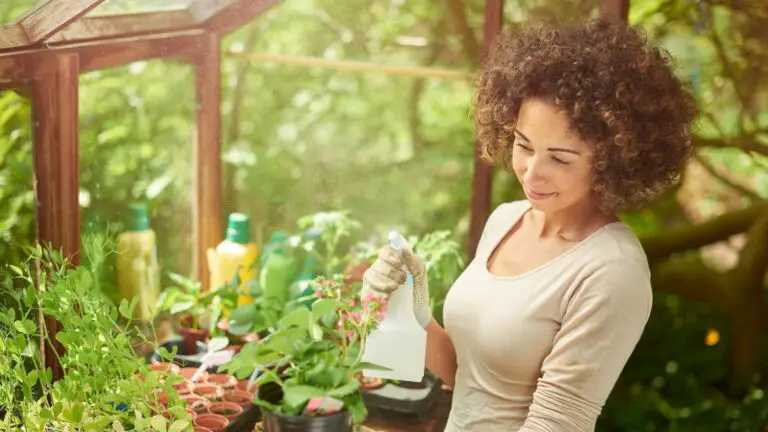Is a Growing Medium Necessary for Hydroponic Systems?
Disclosure: Your purchases through our links may earn us a small commission, supporting our site’s ability to provide valuable information to our readers. Rest assured, it won’t impact your price. Thank you for your support.
When it comes to growing plants, you can use many different methods. One popular option is hydroponics. Hydroponics is a method of growing plants without soil. Instead, the plants are grown in water that is enriched with nutrients. Many believe hydroponics is a better option than traditional growing methods because it uses less water and produces healthier plants.
What Is the Growing Medium for Hydroponics?
One of the most critical aspects of hydroponics is the growing medium. The growing medium for hydroponics is a material that is used to support the plants’ roots and what the plants grow in. You can make it out of a variety of different materials. Common growing mediums include Rockwool, perlite, vermiculite, sponge, oasis cube, rice hulls, and coco coir. While some hydroponic systems do not use a growing medium, most do.
It is important to choose a growing medium that supports the plants’ growth and allows for proper drainage.
Is a Growing Medium Necessary for Hydroponic Systems?
No. Not all hydroponic systems need a growing medium.
There are two main types of hydroponic systems- passive and active. Passive systems do not necessarily use a growing medium, while active systems do.
Active systems are divided into subcategories: ebb and flow and drip. In an ebb and flow system, the growing medium is constantly saturated with nutrients and then allowed to drain back into the reservoir. This cycle is repeated several times throughout the day. In a drip system, the nutrient solution is slowly dripped onto the roots of the plants.
Passive systems can be further divided into subcategories- wick and gravity. In a wick system, the nutrient solution is drawn up through a wicking material, such as cotton and delivered to the plant’s roots. In a gravity system, the nutrient solution is fed to the roots of the plants via a slowly dripping tube. The gravity system is the most simple and efficient passive hydroponic system.
The Benefits of Using a Growing Medium in Hydroponic Systems
There are several benefits to using a growing medium in hydroponic systems:
- It supports the plant’s roots
- It allows for proper drainage
- It helps to evenly and efficiently distribute nutrients throughout the system.
Learn about making your hydroponic systems
How to Set Up DIY Deep Water Culture (DWC) Hydroponic System?
How to Setup Wick Hydroponics System With 8 Easy Steps?
How to Set Up a Nutrient Film Technique – NFT Hydroponics?
Beginner’s Guide to Set Up an Aeroponics System
How to Choose the Right Growing Medium for Your Hydroponic Garden
When growing plants in a hydroponic garden, choosing the right growing medium is crucial. Different growing media have different properties that can affect the success of your garden.
What are the characteristics of ideal hydroponic growing Medium?
- Good aeration and drainage
- Good porosity
- Low density
- Non-toxic
- Reusable/recyclable
- Affordable
- Flexible
- Durable to withstand the test of time
- Sterile
- Chemical properties are neutrality (pH) and a good cation-exchange capacity.
Read this post to get a clear picture of each property.
- The most popular growing media for hydroponics are soilless mixes made of recycled materials like peat moss, perlite, and vermiculite. Soilless mixes are lightweight and well-aerated, making them ideal for growing plants in a hydroponic system.
- Another option is to use coco coir, made from coconut husks. Coco coir is a sustainable growing medium that is becoming increasingly popular with hydroponic gardeners. Coco coir is well-aerated and has good water-retention properties, making it ideal for growing plants in a hydroponic system.
No matter what growing medium, you choose, be sure to do your research and find one that will work best for your hydroponic garden.
Related:
What Are the Best Growing Mediums to Grow Microgreens In Hydroponics?
How to Use Coco Peat to Grow Plants and for Seed Germination?
Coco Peat vs Coco Coir: What’s the Difference?
How to Care For Your Plants in a Hydroponic System with a Growing Medium
Caring for your plants in a hydroponic system with a growing medium is important for ensuring their success.
Here are three most essential tips for keeping your plants healthy and thriving:
- Be sure to water your plants regularly. In a hydroponic system, the growing medium acts as a sponge and will absorb much water. This means that your plants will need to be watered more often than if they were growing in soil.
- Be sure to fertilize your plants regularly. In a hydroponic system, the growing medium will not provide any nutrients for your plants. This means that you will need to fertilize them more often than if they were growing in soil.
- Be sure to monitor the pH of your growing medium. The growing medium can affect the pH of the water in your hydroponic system. This means that you will need to test the pH of your growing medium and adjust it as needed.

Following these tips ensures that your plants are healthy and thriving in their hydroponic system.
Final Thought
Overall, using a growing medium in hydroponic systems is beneficial because it helps to support the plants’ growth and provides an efficient way to deliver nutrients to the roots of the plants. You can create a successful and sustainable hydroponic garden with a suitable growing medium. With a little care and attention, you can ensure that your plants are healthy and thriving in their hydroponic system.
Thank you for reading!
Also, read:
Coco Peat vs. Peat Moss: What’s the Difference?
How Deep Water Culture (DWC) Hydroponic System Works?
3 Ways to Avoid the Weed in Hydroponic
Are you looking to buy one or several growing mediums for your garden? If yes, click the below-shown links to buy a selected suitable one at no extra cost for you.
We have filtered the featured growing mediums to ease your selection process.
Coco coir, Coco peat, Perlite, Sand, Rock salt, Oasis cube, Sponges, Clay pebbles, Grow stones, Vermiculite, Rice hulls, Saw dust, Peat moss


